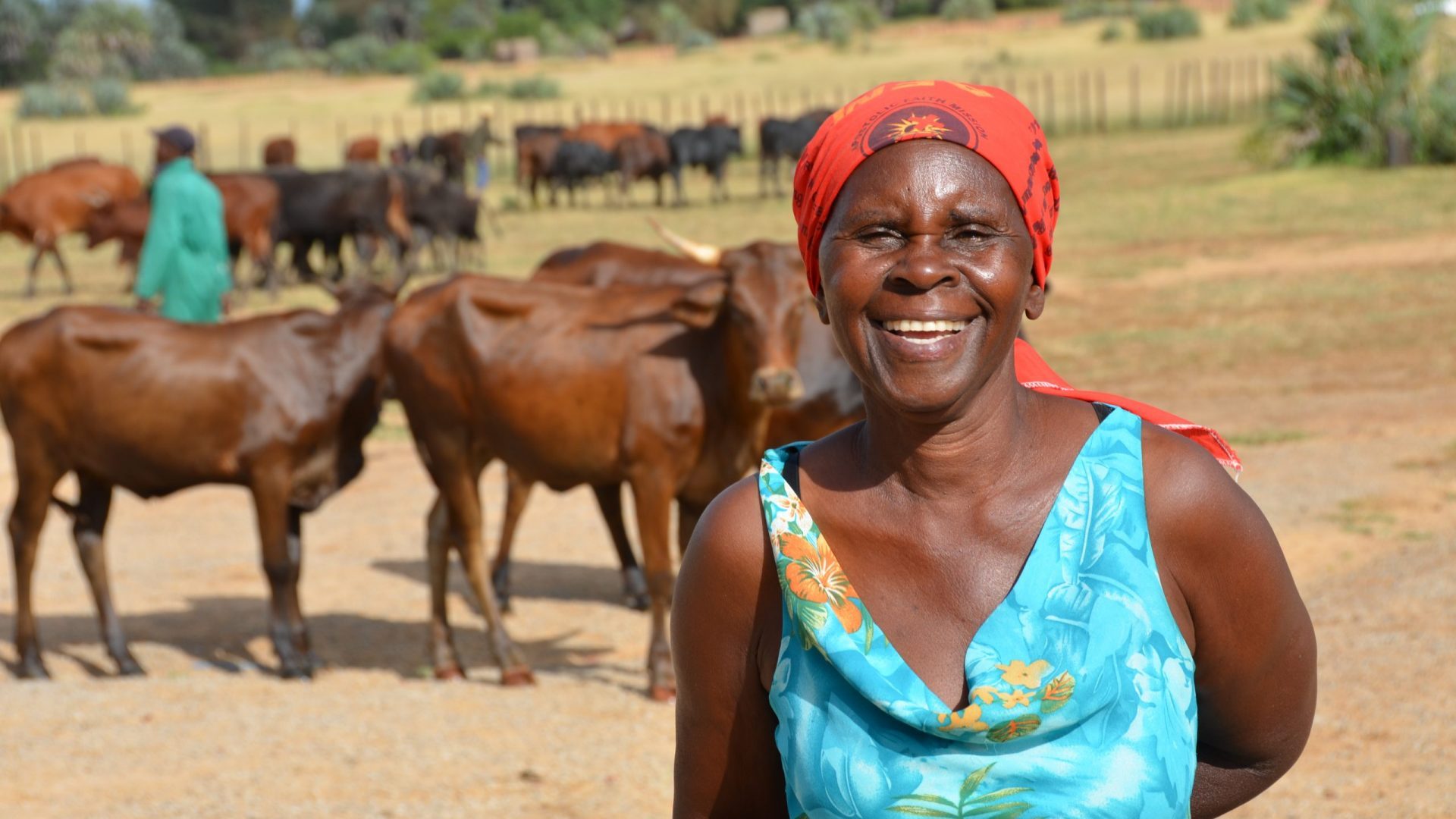Ring-fencing community investments
Two years after one of the worst climate shocks to ever hit eastern Zimbabwe and Southern Africa, ZIRP has assisted communities to rebuild 13 community assets that Cyclone Idai destroyed, and livestock restoration is one of the milestones. Through labour-based construction, WFP is distributing funds to reduce food insecurity.
In the Zimbabwean culture, the most trusted investment not affected by inflation or the Zimbabwe stock exchange is livestock. There is an adage that says one cannot go wrong with cattle. Reconstruction of the Dakate community dip tank in Ward 20 of Chipinge was therefore very strategic in assisting the vulnerable communities in keeping their most prized assets in good health.
“I have five cattle and when I see them, I see my bank or investment. When they breed well, you know you have some good wealth. Sadly, the dip tank was destroyed during cyclone Idai and it affected our livestock’s health. No one would be willing to buy a sick beast, so you can see how deep the cyclone robbed us. We were left with nothing but the clothes that we were wearing,” 66-year-old Elizabeth Mutsemi narrated.
“After the support from the World Food Programme (WFP) through the support from Zimbabwe Idai Recovery Project (ZIRP), we managed to gather again and reconstruct this dip tank as you can see today. Everyone is here.”
She added that the dip tank is helping their livestock to remain in good shape.
Crucial to the success and sustainability of this project was the community ownership and the inclusion of various stakeholders. Using the Food for Assets model, the community was mobilised, trained and equipped to rebuild the dip tank. The dip tank covers 7 villages and is a community asset where the community meets and exchanges ideas on livestock market linkages. In addition to the new dip tank, a borehole was installed and connected to the dip tank. The community has also set up a conservatory and an orchard next to the dip tank to utilise available water and preserve the local environment.
This activity has led to the resumption of livestock dipping, ensured access to clean water year-round, and improved livestock health. The promotion of fodder production practices provided the community with alternative livestock feeding options in the lean seasons. Further to this, the soil and water conservation practices taught to community members will improve soil quality and reduce the risk of future natural disasters- this building back better.
An integrated livelihood approach was utilised for this project, considering the long-term sustainability of the affected community and addressing the factors underpinning food insecurity.

